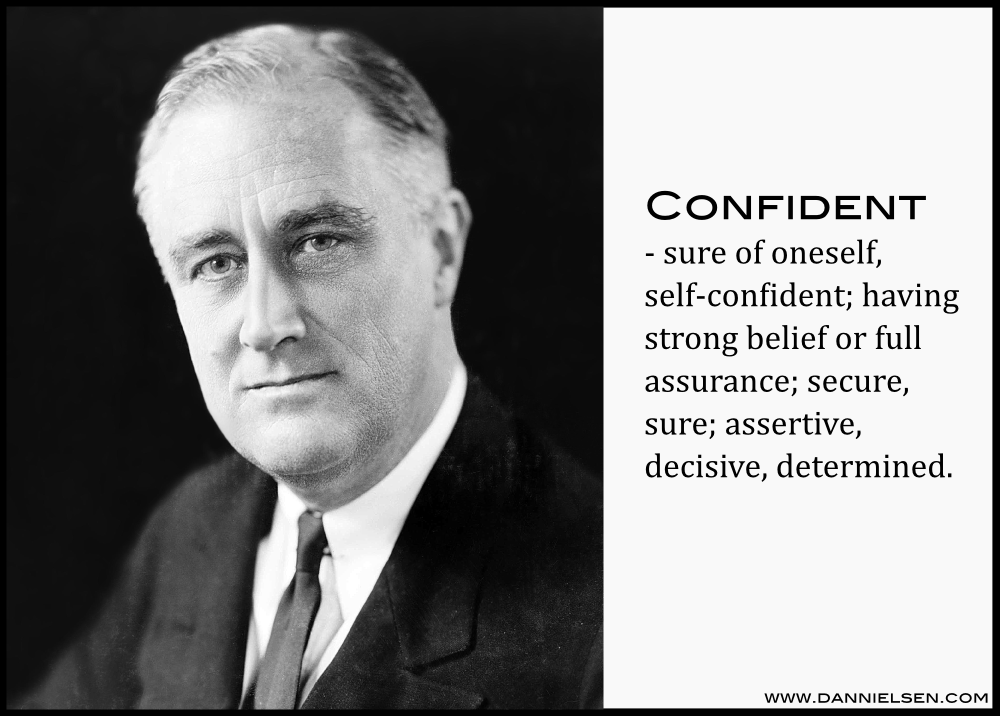
Franklin D. Roosevelt had plenty of excuses that he could have used to justify taking the easy route and avoiding risk. But he needed no excuses, because he did not take the easy route, and he embraced risk as the welcome companion to opportunity.
When struck with a debilitating disease at the age of thirty-nine that robbed him of independent mobility, Roosevelt’s future in politics appeared to be over. Defying expectations and the disease itself, FDR overcame his illness and pressed on despite his physical disability. He went on to become governor of New York, and ultimately, the 32nd President of the United States.
In an era when public perception of the handicapped was plagued with stereotypes and prejudices, how did a wheelchair-bound man achieve one of the most powerful leadership positions in the world? How did he bring hope to America during one of the nation’s times of greatest crisis—the Great Depression? How did he go on to win three additional terms in office, each time by a substantial margin? How did he lead the nation through one of the greatest wars in history?
He was a man of confidence.
In my new book, Presidential Leadership: Learning from United States Presidential Libraries & Museums, I describe how the confidence with which FDR led is a critically important leadership strength:
“A healthy foundation of confidence allows a leader to be decisive and make difficult decisions. Leaders who demonstrate confidence engender trust in their followers and inspire greater loyalty—a critical asset, especially when the going gets tough. Only with confidence can leaders rally their people together toward a common cause in the midst of adversity or uncertainty.”[1]
The unwavering confidence of America’s 32nd president enabled him to overcome incredible challenges and accomplish remarkable things. Roosevelt’s confidence wasn’t a matter of blind ego, it was a matter of determination and careful optimism. Roosevelt knew that there were significant risks in every pursuit he undertook, yet he accepted those risks as necessary in order to achieve progress and success. In his words,
“One thing is sure. We have to do something. We have to do the best we know how at the moment… If it doesn’t turn out right, we can modify it as we go along.”
How about you, do you lead with confidence and optimism? Are you willing to embrace risk as the companion to opportunity? Learn from the example of Franklin D. Roosevelt, a man who didn’t let excuses hold him back from achieving great success!
To learn more about my book, what it’s about, and why I wrote it, please click here >>
[1] Dan Nielsen, Presidential Leadership: Learning from United States Presidential Libraries & Museums (Dan Nielsen Company, 2013), 35.

